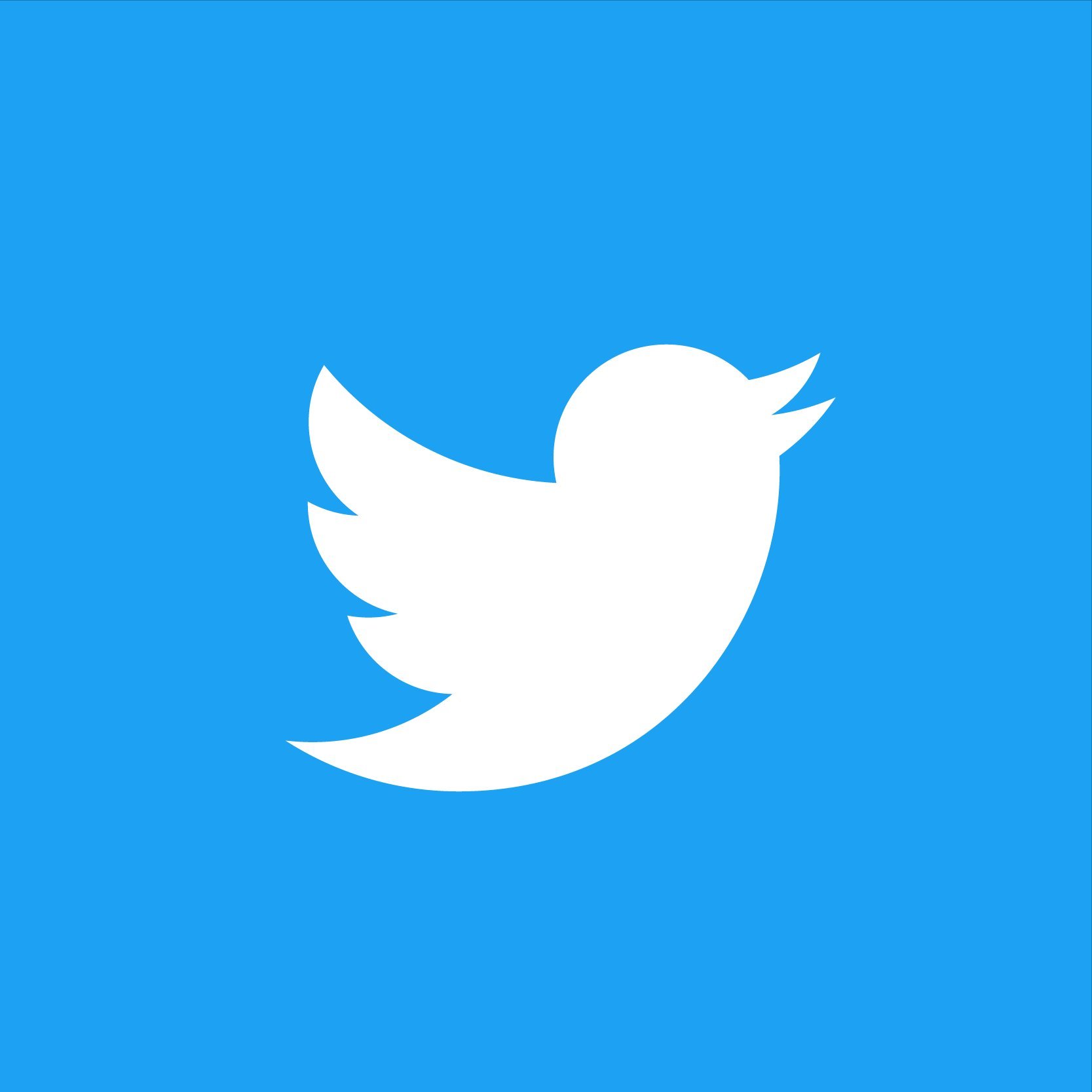APSS - Association of Publishers for Special Sales
Helping Publishers Sell More Books in More Ways
eBooks Best Practices
How to Produce and Sell eBooks: SPAN’s Tips and Best Practice
by Larkin Flora
1/19/11
At SPAN, independent publishers often ask us, “How do I produce and
sell eBooks?” This article is designed to answer that question by
providing a basic overview of eBook production and distribution,
along with our ever-evolving list of eBook best practices.
eBook file types
Over the past couple of years, two main types of eBook files have
emerged from the pack to become industry standards. The
International Digital Publishing Forum adopted ePub, with its “open
format,” in 2007. It is the most widely used format; many devices
can read ePub books along with their own unique formats. Unlike
ePub, Mobi (also called PRC) is a “closed format” and can only be
used on the Amazon Kindle, MobiPocket Readers, and their respective
apps. Some people are turned off by the idea of a closed format,
although the Kindle remains the best selling reading device. Amazon
just started a lending program, similar to the program Barnes &
Noble uses for the nook, which allows consumers to “lend” an eBook
to a friend one time, for up to two weeks.
Pbooks vs. eBooks
Converting your manuscript to an eBook is easiest when starting
with one of two file types: a PDF of your formatted print book
(Pbook) or a Microsoft Word doc. If you are using your print book
file, remember that the formatting will change when it is converted
into eBook format.
There is a general loss of design control with eBooks because,
while the eBook files tell the eReader what to do with the
different elements, the eReader controls what is done with those
instructions. In an eBook, text is flowable, font size and style
can be changed, and different readers have different fonts. Because
of all this, page numbers are fluid. Images, charts, tables, or
anything else that you want to stay the same size can be anchored,
but unlike in print books, they cannot be surrounded by text.
This loss of design control doesn’t have to be a bad thing, and
with a good designer you can use the differences between eBooks and
print books to your advantage.
For example:
• You may want to include relevant audio or video clips (although
not all devices have these functions at this time)
• You can hyperlink your table of contents & index, linking
readers to specific “pages” of your book
• Since some eReaders have limited internet capabilities, and
tablets can access the full internet, your eBooks can also link to
outside websites
Digital Rights Management
Digital Rights Management (DRM) limits the use of digital content.
For publishers of eBooks, it prevents duplication of the file,
meaning that a DRM eBook file can only be read by the original
owner (or lent out, depending on the ebookstore’s lending policy).
DRM helps protect publishers from pirates who would share their
content illegally. Some consumers prefer non-DRM because they feel
like criminals without ever doing anything illegal, preferring the
tacit show of trust provided by non-DRM files. Some publishers
don’t mind if their books are shared, because the content is
getting read. Amazon requires DRM files, while most other retailers
prefer non-DRM files, often adding their own form of DRM before
selling the eBook.
International Standard Book Number (ISBN)
While there is still no official ruling on standards for ISBNs and
eBooks, the International ISBN Agency is recommending that each
uniquely modified file have a different ISBN. Basically, SPAN
understands that this recommendation revolves around data tracking
which can have an economical impact depending on a publisher’s
business model (revenue tracking, discounts, royalties, etc.). At
this time SPAN recognizes a best practice as being the purchase of
a block of ISBNs (10 or more, depending on the publisher’s business
plan - multiple titles, multiple formats, product extensions,
etc.), and the assignment of a unique ISBN to the publisher’s
different PBook formats (hardcover, soft cover, etc.) and at least
a unique ISBN for the publisher’s base ePub and Mobi format. In
addition, if you plan to sell PDF or enhanced ePDF versions of your
eBook these will also need their own ISBN.
For more information, see the discussion (http://www.spannet.org/group/digitalproducts/forum/topics/international-isbn-agencys)
about ISBNs and eBooks on SPANnet.org.
Pricing
Your eBook should be priced based on your marketing plan and
include consideration of competitive titles and standardization
across different eBookstores. Your marketing tactics might include
a discount or coupon code if you are selling direct from your
website. A starting point should be a comparison of eBook prices at
an eBook retailer. For more information about pricing and marketing
plans, visit our SPANpro educational curriculum (http://www.spanpro.org/about-education).
Distribution
You can do business with individual eBook stores on the Internet.
Each store's charges are a little different, and what you decide
will depend your marketing plan. A few of the online bookstores
include: Google eBooks, Apple, BooksOnBoard, eBook.com, Barnes
& Noble, Sony, Kobo, Borders (powered by Kobo), Whitcoulls (New
Zealand, powered by Kobo), Powells.com, Ebookmall.com,
Diesel-ebooks.com, Fictionwise.com, Booksonboard.com, and
others.
In addition, there are companies like Smashwords who sell direct
from their site similar to an eBookstore plus distribute to other
eBookstores, taking a percentage of each sale for the services
offered.
Here is an article (http://www.spannet.org/how_do_I_get_my_book_into_the_Apple_iBookstore.htm)
about the Apple iBookstore that that details what you need to know
about Apple's business model and provides a good overview of the
concept of eBook sales.
The world of eBooks evolves weekly. Stay tuned to SPANnet and stay
up-to-date on industry changes.
Comment
-
Comment by Larkin Flora on January 28, 2011 at 11:58am
-
A great discussion has sprung up about DRM after this article was posted on theyahoo small publishing discussion group.

You need to be a member of APSS - Association of Publishers for Special Sales to add comments!